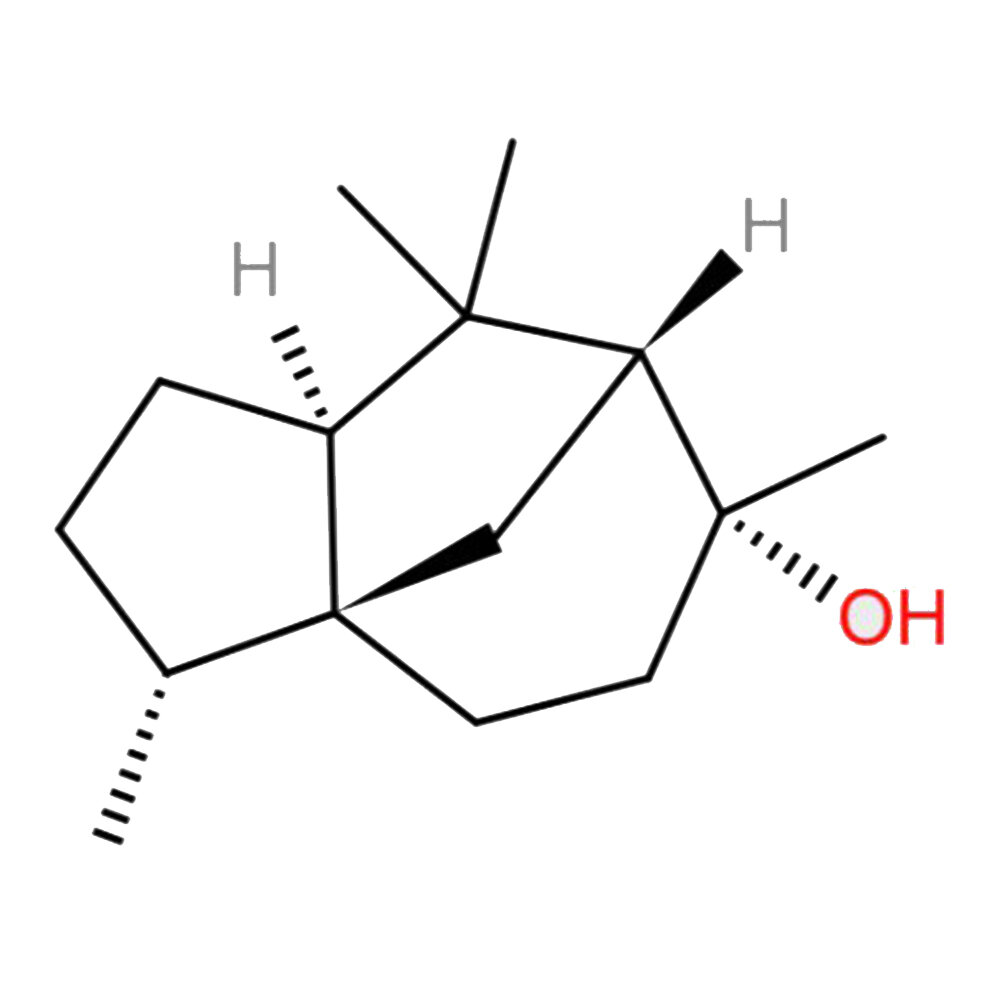Dihydro Ionone Beta
Premium Synthetic Ingredient for Perfumery
Dihydro Ionone Beta (CAS 17283-81-7) is a synthetic ketone compound from the ionone family, prized for its elegant balance of woody, floral, and slightly ambery nuances. With a smooth orris-like depth and fruity undertones, it brings roundness and complexity to fine fragrance compositions. Known for its medium odor strength and high stability, this ingredient is increasingly used in modern perfumery to bridge woody and floral structures with sophistication and lasting power.
Premium Synthetic Ingredient for Perfumery
Dihydro Ionone Beta (CAS 17283-81-7) is a synthetic ketone compound from the ionone family, prized for its elegant balance of woody, floral, and slightly ambery nuances. With a smooth orris-like depth and fruity undertones, it brings roundness and complexity to fine fragrance compositions. Known for its medium odor strength and high stability, this ingredient is increasingly used in modern perfumery to bridge woody and floral structures with sophistication and lasting power.
Premium Synthetic Ingredient for Perfumery
Dihydro Ionone Beta (CAS 17283-81-7) is a synthetic ketone compound from the ionone family, prized for its elegant balance of woody, floral, and slightly ambery nuances. With a smooth orris-like depth and fruity undertones, it brings roundness and complexity to fine fragrance compositions. Known for its medium odor strength and high stability, this ingredient is increasingly used in modern perfumery to bridge woody and floral structures with sophistication and lasting power.
Synthetic Ingredient Overview
🏭 Manufacturer — Not publicly disclosed (used across multiple fragrance houses)
🔎 Chemical name — 4-(2,6,6-trimethylcyclohexen-1-yl)butan-2-one
📂 CAS N° — 17283-81-7
⚖️ MW — 194.31 g/mol
📝 Odor Type — Woody
📈 Odor Strength — Medium
👃🏼 Odor Profile — Woody, floral, orris, slightly ambery, with a soft fruity nuance
⚗️ Uses — Fixative and volume enhancer in floral-woody bases; effective in iris, violet, and modern aldehydic structures
🧴 Appearance — Clear to pale yellow liquid
What is Dihydro Ionone Beta?
Dihydro Ionone Beta is a synthetic cyclic ketone and structural analog of methyl ionones and alpha-ionone. While less commonly known than its relatives, it has steadily gained recognition among perfumers for its orris-floral character and woody-ambery finish. Unlike alpha- or beta-ionone, which emphasize violet or cedar facets, dihydro ionone beta brings a richer texture and more diffusive floral-woody balance, often likened to the smell of powdered iris with a touch of warm wood.
Chemically, it is the hydrogenated form of ionone beta, where the double bond is saturated, contributing to increased stability and a slightly softer olfactory effect. It is not known to occur in nature and is synthesized through controlled processes from citral-based intermediates.
Olfactory Profile and Perfumery Applications
Dihydro Ionone Beta plays a nuanced role in perfume formulation:
Floral bases: Enhances volume in compositions with rose, iris, violet, ylang-ylang, and peony.
Woody compositions: Adds softness and roundness to cedarwood, sandalwood, or cashmeran-type accords.
Amber florals: Pairs well with ambroxide, coumarin, and musks for complex, long-lasting bases.
Contemporary aldehydic structures: Provides warmth and bridges the cool top notes with deeper florals.
Its powdery texture and smooth diffusivity make it ideal in both luxury fine fragrances and functional applications like body care and hair products. At typical usage levels of 0.1% to 3%, it serves as a mid/base note that improves longevity and complexity.
Industrial and Technical Uses
While primarily a fine fragrance ingredient, Dihydro Ionone Beta is occasionally employed in:
Luxury candles and ambiance scenting
Hair care formulations (shampoos, leave-in treatments)
High-end soaps or cleansing oils
Due to its structure and hydrogenated form, it offers enhanced oxidative stability compared to classical ionones, supporting performance in challenging media like surfactants or high-ethanol bases.
Regulatory and Safety Overview
IFRA: No current restriction under IFRA 51st amendment (2023); suitable for most product categories
EU Cosmetics Regulation: Not classified as an allergen
ECHA CLP: Not classified as hazardous under Regulation (EC) No 1272/2008
Phototoxicity: No concern reported
Environmental: Not considered bioaccumulative or persistent
Recommended Handling: Use protective equipment during handling; avoid direct inhalation of undiluted material
✅ No known endocrine disruptor potential or reprotoxicity. Approved for widespread use in fine and functional fragrance products.
Sources
Fulvio Ciccolo, Creative Base Design Notes
Perfumery Raw Materials Handbook, Internal Training (2023)
Perfume and Flavor Materials of Natural Origin, S. Arctander (1961)
Formulation Stability Testing Notes – Scentspiracy Studio (2024)
The Good Scents Company Database






